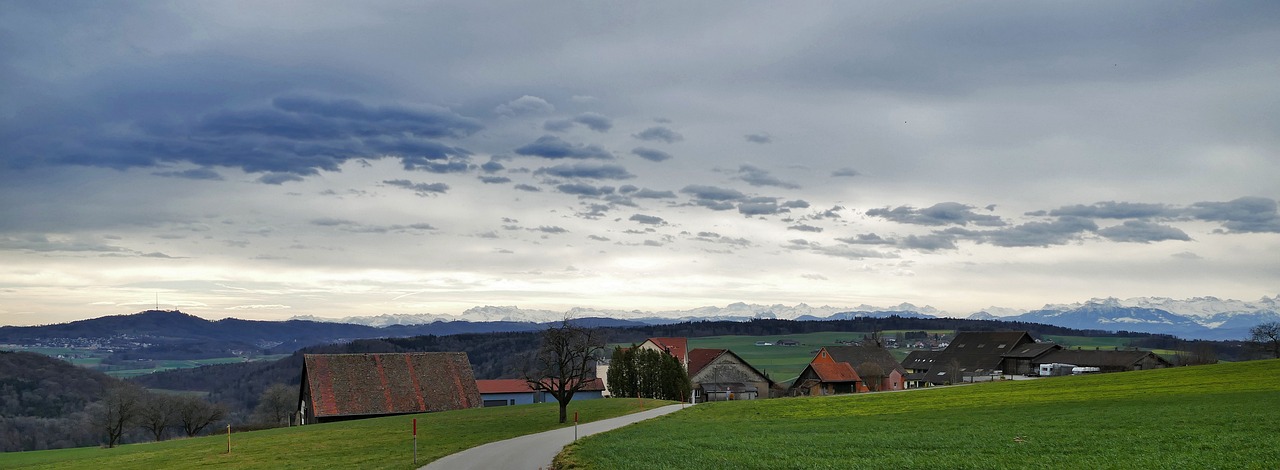Rural
The term ‘rural’ refers to a geographic area that is not urban, i.e. it is located outside of large human settlements such as towns and cities. Rural areas are typically characterised by their low population density and smaller, sparser settlements such as villages and hamlets, often with only limited infrastructure. In the UK, rural areas tend to be characterised by open countryside, forest, and agricultural land.
The Department for Environment, Food and Rural Affairs (DEFRA), defines ‘rural’ using population data from the latest census, and is responsible for managing and enforcing protection measures, such as green belts.
The Home Quality Mark suggests that an urban area is one with a population of 10,000 people or more, located within a tract of predominantly built-up land. A rural location is any settlement or land that does not meet the definition of urban.
The Town and Country Planning Act 1947 introduced green belt policies to establish a buffer zone between urban and rural land, separating town and country and preserving land for forestry, agriculture and wildlife where environmental conditions can be improved and conservation encouraged.
In 2015, the government published its first Rural Productivity Plan, which was intended to boost the rural economy by investing in education and skills, increasing wages, improving infrastructure and connectivity, and simplifying planning laws. This included a measure to allow starter homes to be built on rural exception sites.
In July 2018, the government announced new funding to give rural businesses and communities improved broadband access. The Future Telecoms Infrastructure Review, which prioritised hard-to-reach rural areas for a roll-out of full-fibre connectivity, is part of a £3.5 billion planned investment into rural economies by 2020.
The National Planning Policy Framework (NPPF) Annex 2: Glossary, published by the Ministry of Housing, Communities & Local Government (MHCLG) in 2012, defines designated rural areas as: ‘National Parks, Areas of Outstanding Natural Beauty and areas designated as ‘rural’ under section 157 of the Housing Act 1985.’
Spatial development glossary, European Conference of Ministers responsible for Spatial/Regional Planning (CEMAT), Territory and landscape, No 2, published by Council of Europe Publishing in 2007, states: ‘Rural areas are sparsely settled areas without significant large city or town. The countryside refers to certain forms of landscapes and land uses where agriculture and natural areas play an important part. Rural areas are more and more diverse, as far as their economic base is concerned. While agriculture still plays an important part in numerous rural areas, other sources of income have developed such as rural tourism, small-scale manufacturing activities, residential economy (location of retirees), production of renewable energy, etc. Many rural areas are multifunctional and a number of them are under the influence of metropolitan areas and large cities as a result of ever improved transport and communication facilities.’
2011 Rural-Urban Classification for Small Area Geographies suggests that rural: '...includes town and fringe, village, hamlets and isolated dwellings', whereas urban: 'includes a built up area with a population of more than 10,000 people.'
[edit] Related articles on Designing Buildings
Surrey Hills Directory
[edit] Planning
Building Design in the Surrey Hills
[edit] Highways
Conserving and Enhancing Country Lanes in the Surrey Hills AONB
[edit] Biodiversity & Landscape
Landscapes Review: National Parks & AONBs 2019
Light Pollution - Threat to Migrating Birds
Making Local Nature Recovery Strategies deliver
[edit] Health & Wellbeing
Nature and Wellbeing: The Evidence
How nature can be used to improve wellbeing







Comments
[edit] To make a comment about this article, click 'Add a comment' above. Separate your comments from any existing comments by inserting a horizontal line.